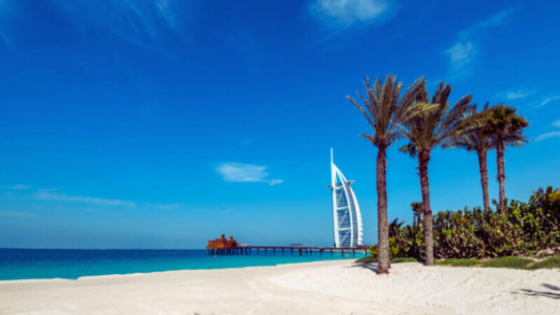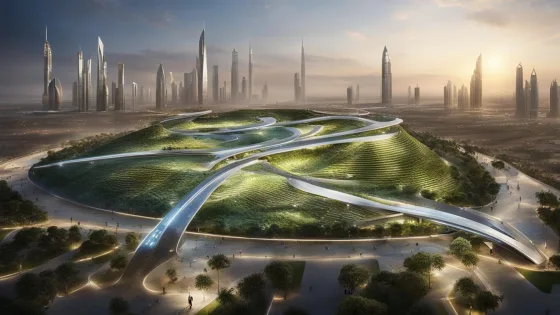Contents
Climate change in UAE; the United Arab Emirates known for its soaring skyscrapers, opulent shopping malls, and vast desert landscapes, is facing a threat that demands immediate attention: climate change. While the UAE is considered a major contributor to greenhouse gas emissions, it is also increasingly feeling the impact of rising temperatures, water scarcity, and extreme weather events. It is high time for the nation to address this pressing issue and take bold steps to combat climate change.
Climate change in UAE overview
The UAE, like most modern countries heavily dependent on fossil fuels, has faced criticism for its contribution to global warming. As one of the top oil-producing nations, it is responsible for a significant amount of carbon dioxide (CO2) emissions. However, the UAE has also recognized the need for change and has made efforts to diversify its energy sources through investments in renewable energy.
As part of its Vision 2021 sustainability initiative, the UAE set a target to produce 50% of its energy from clean sources by 2050. The development of the world’s largest solar power plant, the Noor Abu Dhabi, is a testament to the country’s commitment to a sustainable future. This facility alone has the capacity to provide clean energy to approximately 90,000 households, reducing approximately 1 million tonnes of CO2 emissions annually.
Read more: Average temperature in UAE
Impacts of climate change in UAE
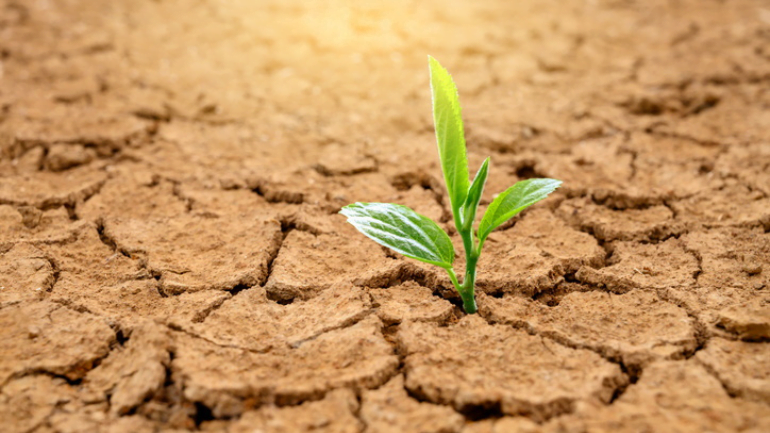
Climate change refers to the long-term alteration in Earth’s atmospheric conditions, resulting from various environmental factors. The impact of climate change is far-reaching and poses significant challenges for the planet and its inhabitants.The UAE faces challenges due to erratic weather patterns, including unpredictable rainfall and sandstorms. These climatic factors impact agriculture, biodiversity, and public health. Coastal areas are also at risk of increased flooding as sea levels continue to rise, endangering infrastructure and coastal communities.
However, rising global temperatures have led to many factors that lead to an environmental imbalance, such as:
- Melting ice caps and glaciers.
- Causing sea levels to rise and resulting in disastrous consequences.
- Devastating floods, droughts, and storms.
- Longer and hotter summers.
- Health risk to residents and tourists.
- Disrupt ecosystems and threaten food security.
- Extinction of numerous plant and animal species.
It is imperative that immediate actions are taken to mitigate climate change, as its consequences not only affect nature but also pose a grave threat to human civilization and future generations. Moreover, the country’s reliance on desalination plants for freshwater exacerbates its vulnerability to climate change, as sea-level rise threatens the availability and quality of this vital resource.
Read more: UAE Islands and Archipelagos
Government measures to control climate change in UAE
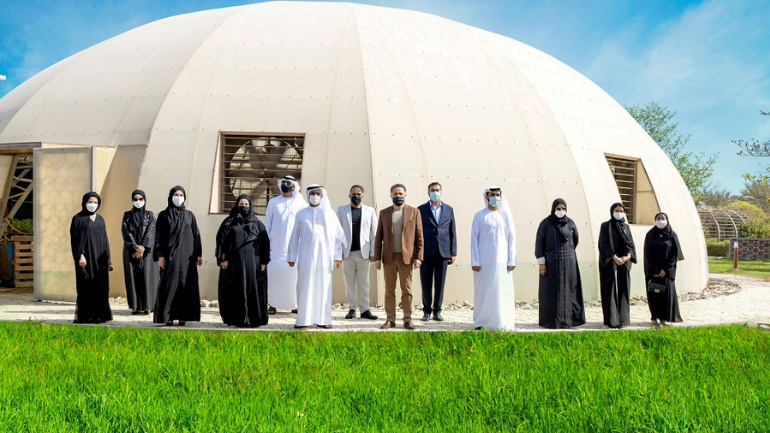
Recognizing the seriousness of the situation, the UAE ministry of climate change and environment Mariam Almeheri has implemented various strategies to tackle its climate-related vulnerabilities. The National Climate Change Plan 2017-2050 outlines initiatives to:
- Strengthen climate resilience.
- Enhance water security.
- Promote sustainable agriculture.
- Investing in infrastructure upgrades, such as constructing flood barriers
- Improving drainage systems, and enhancing coastal protection measures.
Another significant step taken by the UAE minister of climate change and environment, is the introduction of the region’s first carbon capture and storage (CCS) project. The Al Reyadah facility in Abu Dhabi aims to capture and sequester 800,000 tonnes of CO2 annually from the Emirates Steel Industries complex. Implementing such innovative technologies is crucial for reducing carbon emissions and mitigating the effects of climate change.
Read more: UAE desert
How to control climate change in UAE
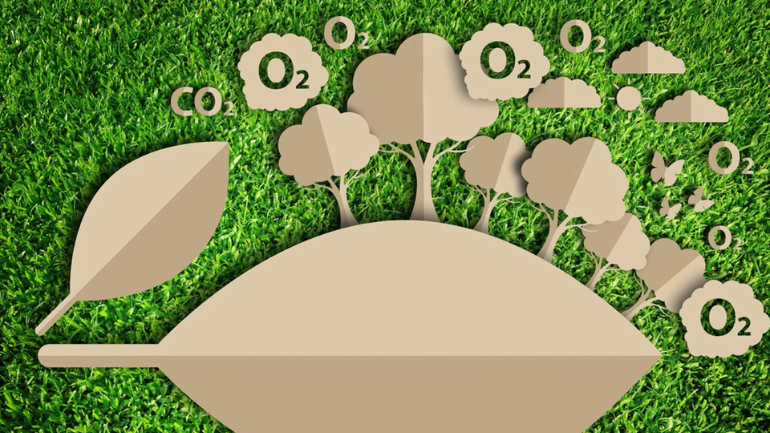
Education and awareness play essential roles in combating climate change. The UAE government is actively promoting sustainable practices, including energy conservation, waste management, and using renewable energy technologies. Educational programs and public campaigns are raising awareness about the importance of preserving the environment and urging individuals to adopt sustainable habits.
Additionally, collaboration between governments, businesses, and individuals is vital to achieving effective climate action. The UAE is actively participating in global climate summits, signing international agreements, and pledging resources towards sustainable development projects. This collaboration encourages knowledge-sharing, multi-stakeholder involvement, and the exchange of best practices to combat climate change.
Is climate changing in UAE?
The ongoing increase in temperature due to global warming leads to water scarcity, drought, rising sea levels, and aridity in the UAE.
What is the prediction of climate change in UAE?
The UAE’s annual average temperature is projected to rise by approximately 1°C by 2020 and 1.5-2°C by 2040.
In conclusion, climate change presents a significant challenge for the United Arab Emirates (UAE) as well as the rest of the world. However, it also offers opportunities for innovation, economic diversification, and a more sustainable future. By embracing sustainable practices, the UAE can inspire united nations climate change and be at the forefront of the fight against climate change, becaus the urgent need to act and the time to act is now.


